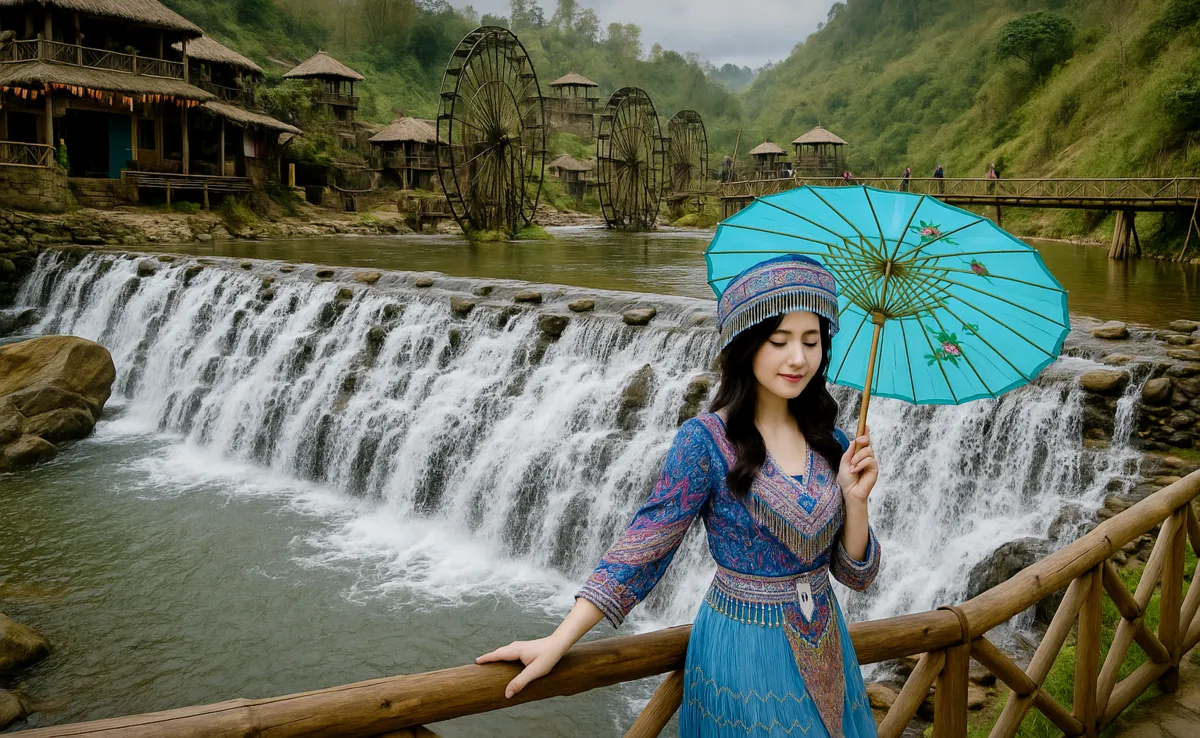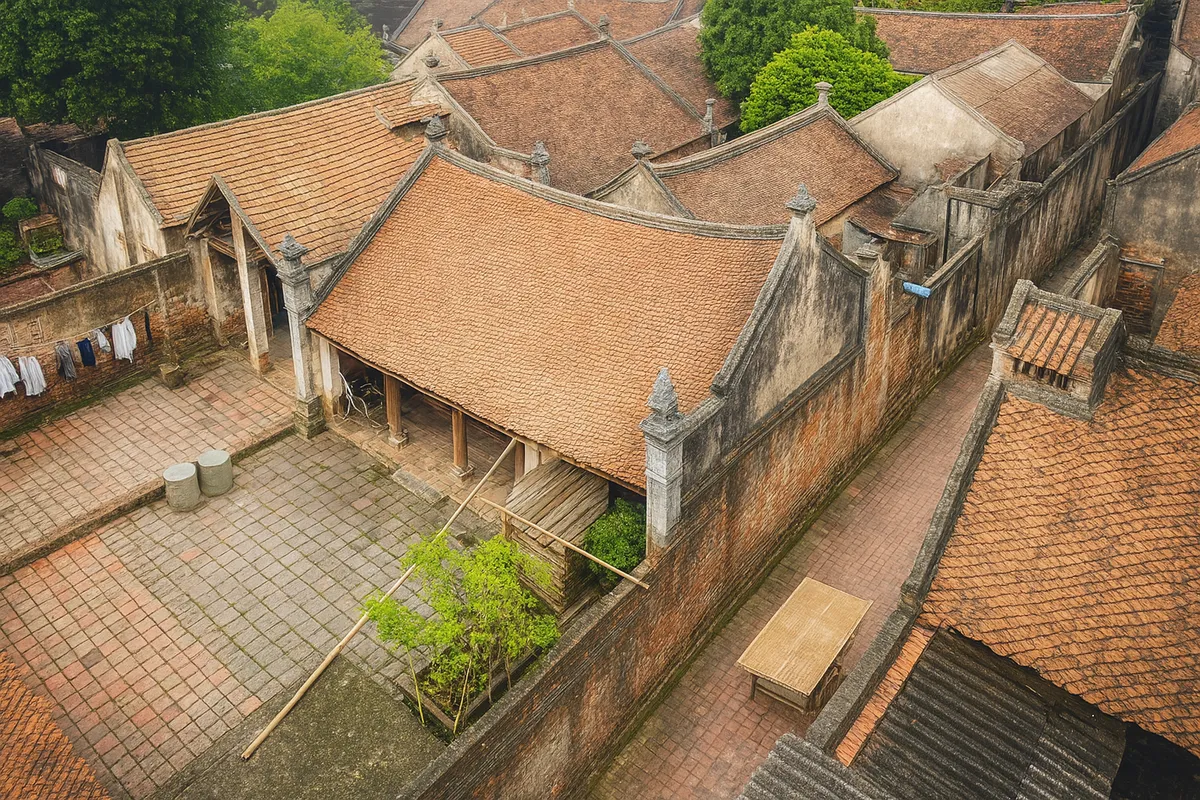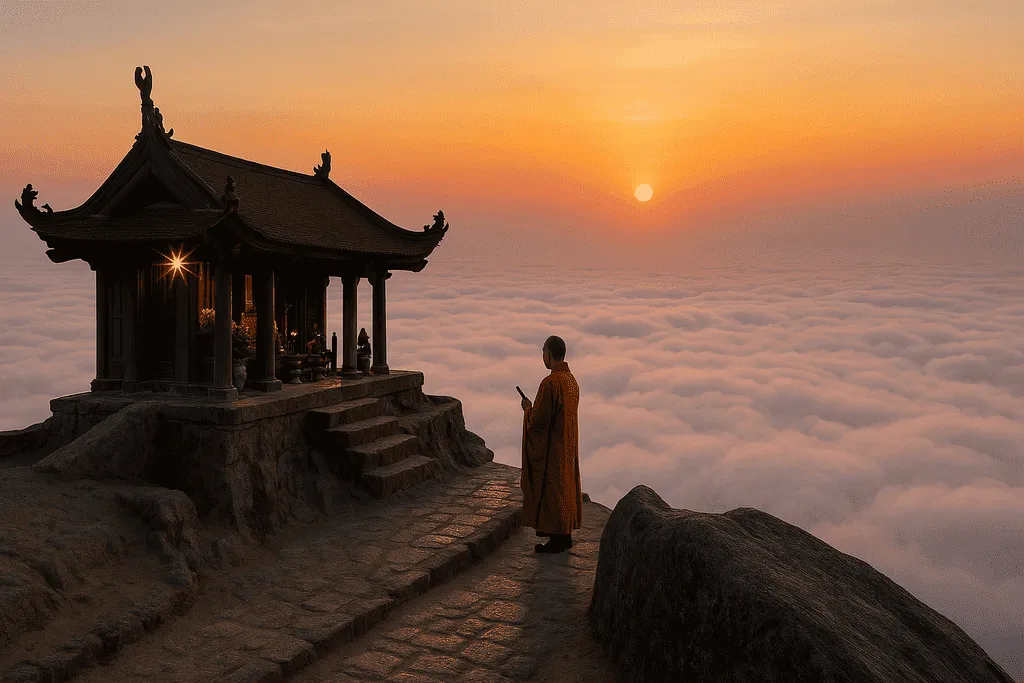Sapa travel experience for first-time travelers
- Thursday, Jun 05, 2025, 21:22 (GMT+7)
Sapa travel experience for first-time travelers
Sapa has long become an iconic destination in the highlands of Northwestern Vietnam. But for a trip to be truly memorable, it takes more than just misty landscapes or photos taken at the peak of Fansipan. What makes a journey unique lies in every small decision, including how you travel, what you eat, where you stay, how you capture the scenery, and even the quiet experiences that do not appear on common tourist maps.
In terms of transportation, travelers from the central and southern regions often choose to fly to Hanoi, then continue the journey by overnight train or high-quality sleeper bus. The train from Hanoi to Lao Cai takes around seven hours and offers various cabin options, from air-conditioned sleepers priced between 350,000 and 700,000 VND. This is suitable for those who enjoy a slow and relaxed journey. From Lao Cai station, it takes another 45 minutes by bus or taxi to reach the town center. For those who value privacy, double-cabin limousines departing from My Dinh or Giap Bat bus stations are a comfortable and affordable choice. Travelers from northern provinces can also drive their own cars, but should be aware that O Quy Ho Pass is often foggy and weather conditions can change rapidly.
Sapa’s cuisine is a symphony of climate and local culture. Instead of stopping at familiar dishes like salmon or sturgeon, experienced travelers often seek out deeply local specialties such as smoked buffalo meat, grilled sticky rice wrapped in banana leaves, bitter tuber porridge, or horse stew prepared in the traditional H’Mong style. Small nameless eateries hidden deep in the villages or along the slopes of Fansipan and the Cau May area often preserve the most authentic flavors. A useful tip is to ask local residents or drivers for recommendations, which is the fastest way to find places that are both tasty and reasonably priced. For souvenirs, dried hawthorn fruit, dổi seeds, wild honey, and San Lung rice wine are the best choices as they carry the true essence of the mountains.
Accommodation in Sapa is diverse and serves all travel styles. For those who enjoy comfort and high-end services, resorts such as Topas Ecolodge, Silk Path Grand, or Hotel de la Coupole are ideal options. However, if you want to blend into the rhythm of village life, homestays in Ta Van and Lao Chai offer a completely different experience. Here, you can join in cooking, learn traditional weaving, or simply sit by the fire listening to stories from elders. Room prices range from 250,000 to 700,000 VND per night, which is affordable yet offers rich cultural value. For nature lovers, camping near O Quy Ho Pass or around Ham Rong Mountain is an exciting option, though careful preparation regarding weather and safety equipment is essential.
Activities in Sapa are not limited to visiting popular tourist spots. Those who return many times often choose to trek through villages such as Ta Phin, Y Ty, and Muong Hum to discover deeper cultural layers. Herbal bathing with Red Dao leaves, attending traditional rituals, or joining local market days are unforgettable experiences. In winter, if lucky, you may witness snow covering the region, turning it into a fairytale landscape like Northern Europe. In May, during the water-pouring season, terraced fields reflect sunlight like giant mirrors, attracting photographers and travelers who love natural beauty.
For photography lovers, instead of jostling at crowded check-in points like Rong May glass bridge, they often choose special moments at dawn in Ta Van or glowing sunsets on top of O Quy Ho Pass. Early morning mist, soft light, and layered mountains in the distance create perfect scenes for artistic shots. Popular tips in photography communities include using wide-angle lenses against the light and maintaining clear composition between terraces, mountains, and clouds. Homestays such as Phơri’s House, La Do, and VietTrekking offer stunning views and cozy spaces, ideal for vibrant photos that reflect the true essence of Sapa.
To avoid unexpected disappointments, there are a few important things to note. First is the weather. Sapa can be cold even in June, so always bring a warm jacket, even in the middle of summer. During holidays, rooms often sell out quickly and prices may rise. It is best to book at least two weeks in advance and confirm the exact location, as some places claim to be near the center but are actually several kilometers away. Some establishments do not accept card payments, so carrying enough cash is necessary. For first-time visitors, be cautious with tours offered at unusually low prices, as many of them include forced shopping stops or skip important experiences.
Sapa is not just a place to visit but a place to feel. Choosing the right time, knowing how to enjoy each moment, and embracing the highland spirit with sincerity will make your journey more profound. It is through observation, listening, and genuine experience that a trip becomes truly unforgettable among countless others.

 CHECKIN.VN
CHECKIN.VN








Share on